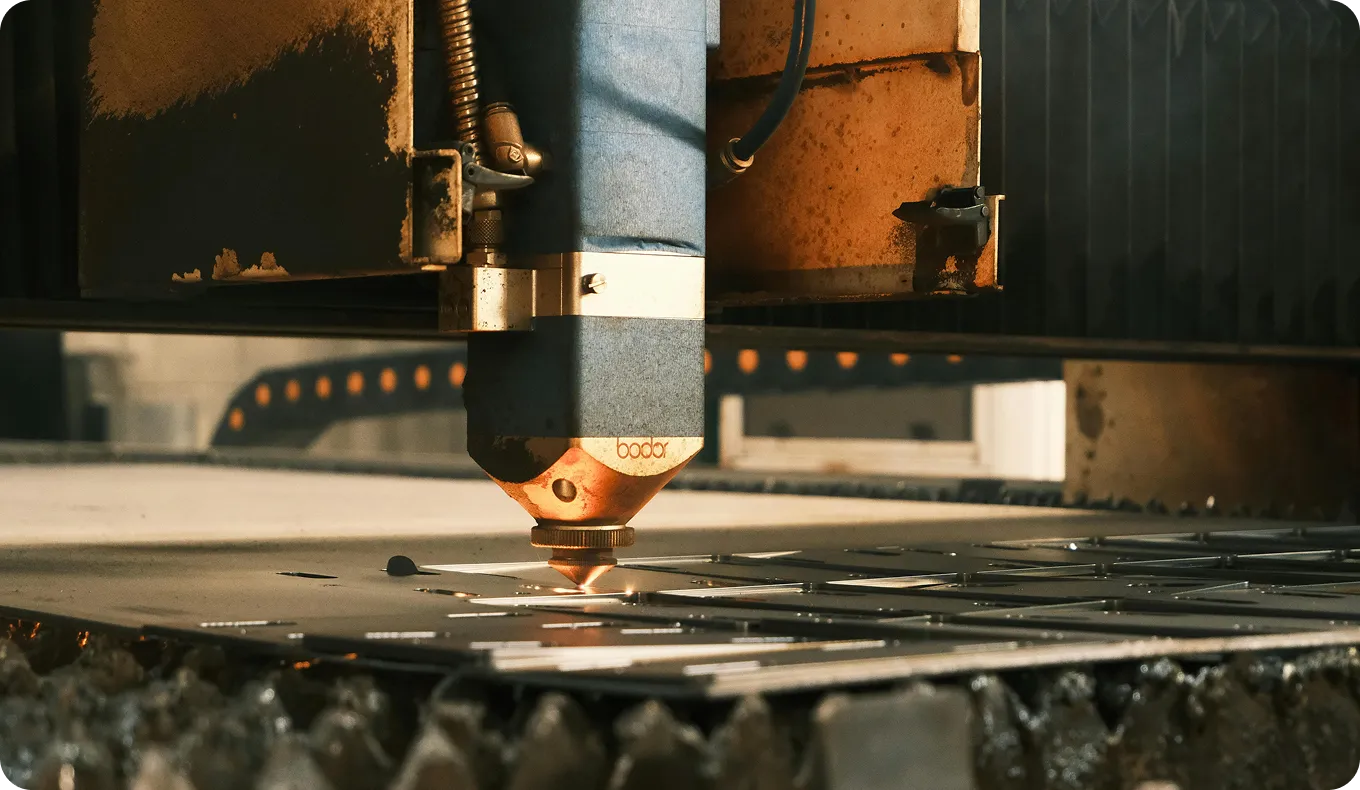Robotic Process Automation (RPA)
Discover how Robotic Process Automation (RPA) enhances efficiency by automating tasks, complementing AI & ML for intelligent workflows.
Robotic Process Automation (RPA) is a technology that uses software robots, or "bots," to automate repetitive, rule-based digital tasks traditionally performed by humans. These bots interact with applications and systems through the user interface, just as a person would, to execute a sequence of commands. RPA is primarily designed to handle structured data and deterministic processes, such as data entry, transaction processing, and report generation. This automation increases efficiency, reduces errors, and frees up human workers for more complex, value-added activities, forming a key component of modern business process automation.
Robotic Process Automation vs. Robotics
It is essential to distinguish Robotic Process Automation from the field of robotics. While the names are similar, their applications are fundamentally different. RPA involves software "bots" that operate entirely in a digital environment, automating tasks on computers and servers without any physical form. In contrast, robotics deals with the design, construction, and operation of physical robots—hardware that interacts with the physical world to perform tasks like manufacturing assembly or warehouse logistics.
The Role of RPA in AI and Machine Learning
While RPA on its own is not a form of Artificial Intelligence (AI), it is a powerful complementary technology, especially within Machine Learning Operations (MLOps) and Deep Learning (DL) workflows. RPA handles the "doing," while AI provides the "thinking." This combination, often called Intelligent Automation, allows for end-to-end process automation. The synergy between AI and RPA is a significant trend, according to market analysis by firms like Grand View Research.
Two key examples of how RPA supports AI and ML include:
Real-World Applications
Beyond the ML pipeline, RPA is widely adopted across various industries to drive operational efficiency. Leading RPA providers like UiPath and Automation Anywhere have enabled automation in numerous sectors.
- Finance and Banking: Automating invoice processing, credit checks, and compliance reporting. A report by Deloitte highlights its transformative impact in finance.
- Healthcare: Managing patient appointments, processing insurance claims, and updating electronic health records, as seen in various AI in healthcare initiatives.
- Customer Service: Automating responses to common queries, updating customer profiles in CRM systems, and escalating complex issues to human agents. Gartner research often covers the expanding role of RPA in customer experience.
- Human Resources: Streamlining employee onboarding, managing payroll, and handling leave requests.
- Supply Chain: Automating inventory management, processing purchase orders, and tracking shipments, which are core components of AI in logistics.
The Future of RPA
The future of RPA lies in its deeper integration with more advanced AI capabilities, a concept known as hyperautomation. This business-driven approach aims to rapidly identify and automate as many processes as possible. As documented by organizations like the Institute for Robotic Process Automation & Artificial Intelligence (IRPAAI), this evolution will enable bots to handle more complex tasks involving unstructured data and decision-making. Despite its benefits, successful implementation requires overcoming challenges such as managing process exceptions and ensuring scalability, as noted in publications like Forbes. This trend toward intelligent process automation blurs the lines between simple task execution and cognitive work, empowering organizations to build more resilient and agile operations, a key goal in fields from AI in retail to AI in automotive. The ultimate goal is to create a seamless automated workflow, from data collection to intelligent action, which is central to the vision of agentic AI.







.webp)
